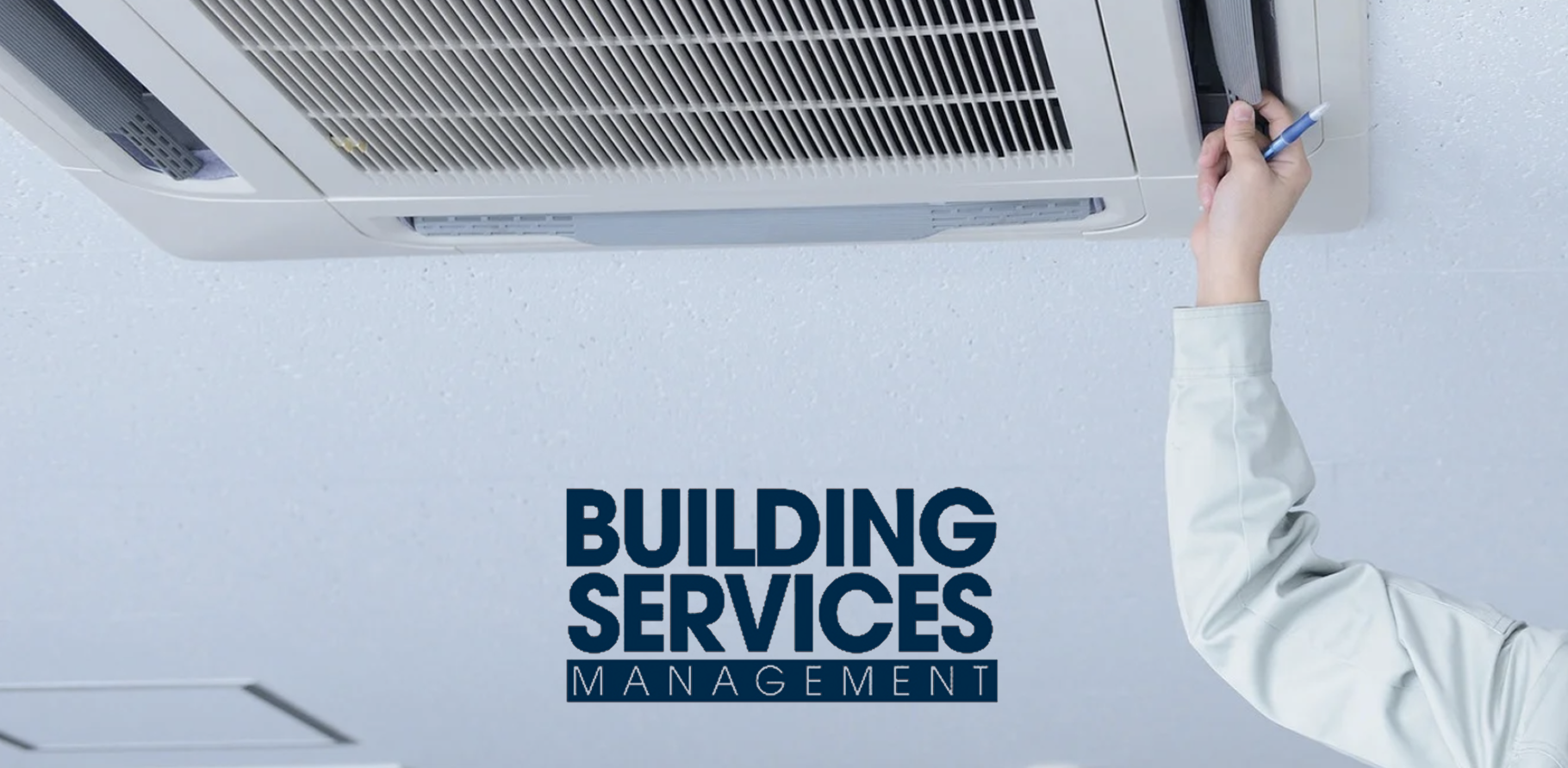The Engineering Reality Behind Gas Detection Systems and NYC's LL157 Compliance
ProSentry delivers smart leak detection for multi-family buildings—reducing water and gas risks, meeting Local Law 157, and protecting property value.
ProSentry delivers smart leak detection for multi-family buildings—reducing water and gas risks, meeting Local Law 157, and protecting property value.
While the deadline for enforcement of New York City’s Local Law 157 natural gas detector requirement has been pushed back to January 1, 2027, buildings continue towards compliance. This extended implementation phase presents an opportunity to make informed technical decisions that will impact building operations and emergency response capabilities for years to come.
Local Law 157, enacted following devastating gas explosions in Harlem (2014) and the East Village (2015), requires natural gas detectors that comply with NFPA 715 standards and UL1484 listings to be installed in residential buildings. In our experience working with hundreds of buildings across New York City, the technical choices made during this implementation period determine long-term operational success.


NFPA 715 establishes specific installation parameters that directly impact system design. Detectors must be installed within one foot of the ceiling, positioned within 10 feet horizontally of gas appliances, and maintain at least three feet, and in some cases at least five feet, of clearance from appliances. These requirements reflect the physics of natural gas dispersion—being lighter than air, natural gas rises and accumulates near ceilings.
The standard specifies alarm activation at 10% of the Lower Explosive Limit (LEL), approximately 0.5% gas concentration by volume, providing adequate safety margin before reaching the 5% concentration where natural gas becomes explosive.
Buildings receiving their Temporary Certificate of Occupancy after January 1, 2025, face additional requirements: they must install either hardwired detectors or monitored battery-powered systems, creating a two-tier compliance structure that significantly impacts engineering decisions and long-term operational costs.
The engineering differences between Basic and Smart-monitored gas detection systems substantially affect both installation complexity and operational capabilities. Basic detectors provide local alarms only, relying on occupants to hear the alarm and contact emergency services—essentially isolated safety devices with no centralized monitoring capabilities.
In our experience, battery-powered Smart-monitored systems offer the most practical solution for building-wide implementation. These systems use LoRaWAN (Long Range Wide Area Network) protocol, enabling devices to communicate over long distances through building materials while maintaining 10-year battery life. A single gateway can cover multiple floors, eliminating the need for complex wiring or Wi-Fi infrastructure in every unit.
Hardwired systems require 110V electrical connections near ceilings, typically necessitating new circuit installation by licensed electricians, plus battery backup systems requiring replacement every six months. In contrast, Smart-monitored battery-powered systems only require gateway installation in common areas.
The operational differences between detection systems can have meaningful implications for emergency response. Basic detectors only sound a local alarm, which means first responders, like building staff or the fire departments, may need to conduct time-consuming manual searches to locate the source of a leak—allowing the potential of gas concentrations to rise to dangerous levels in the meantime.
In our experience with Smart-monitored systems, emergency response dynamics change fundamentally. These systems provide real-time data, including exact location, gas concentration as a percentage of LEL, and continuous updates as conditions evolve. This enables faster, more confident, and targeted response. For example, responders can enter a specific apartment knowing the gas concentration is at 15% of LEL and still within the safe range for entry.
The engineering implications also extend to building-wide risk management. When first responders cannot quickly locate a gas leak, they may shut off gas service to the entire building. Restoring service then requires pressure testing at six times the normal operating pressure. In older buildings, aging infrastructure will often fail these tests, triggering extensive repiping that can cost hundreds of thousands or even millions of dollars. Smart-monitored detection systems help prevent these costly shutdowns by providing precise leak location data that enables faster response.
Smart-monitored systems also integrate with other types of detection services, such as water and gas leaks, mechanical malfunctions and environmental issues. This positions buildings for future smart building initiatives.
In our deployments, Smart-monitored systems offer automatic low-battery alerts and continuous operational verification, enabling proactive maintenance. This is a significant advantage over basic systems, which rely on manual testing to assess their condition.
As building engineers continue evaluating options during this implementation period, infrastructure choices made today will determine operational flexibility, maintenance costs, and emergency response capabilities for the next decade. For buildings seeking to optimize safety, operational efficiency, and long-term value, Smart-monitored gas detection represents not just compliance, but a foundation for intelligent building operations.
While the official deadline has passed, building engineers who understand these technical realities can make informed decisions that serve their buildings well beyond basic regulatory compliance.
Originally published on Keycrew
While the deadline for enforcement of New York City’s Local Law 157 natural gas detector requirement has been pushed back to January 1, 2027, buildings continue towards compliance. This extended implementation phase presents an opportunity to make informed technical decisions that will impact building operations and emergency response capabilities for years to come.
Local Law 157, enacted following devastating gas explosions in Harlem (2014) and the East Village (2015), requires natural gas detectors that comply with NFPA 715 standards and UL1484 listings to be installed in residential buildings. In our experience working with hundreds of buildings across New York City, the technical choices made during this implementation period determine long-term operational success.
NFPA 715 establishes specific installation parameters that directly impact system design. Detectors must be installed within one foot of the ceiling, positioned within 10 feet horizontally of gas appliances, and maintain at least three feet, and in some cases at least five feet, of clearance from appliances. These requirements reflect the physics of natural gas dispersion—being lighter than air, natural gas rises and accumulates near ceilings.
The standard specifies alarm activation at 10% of the Lower Explosive Limit (LEL), approximately 0.5% gas concentration by volume, providing adequate safety margin before reaching the 5% concentration where natural gas becomes explosive.
Buildings receiving their Temporary Certificate of Occupancy after January 1, 2025, face additional requirements: they must install either hardwired detectors or monitored battery-powered systems, creating a two-tier compliance structure that significantly impacts engineering decisions and long-term operational costs.
The engineering differences between Basic and Smart-monitored gas detection systems substantially affect both installation complexity and operational capabilities. Basic detectors provide local alarms only, relying on occupants to hear the alarm and contact emergency services—essentially isolated safety devices with no centralized monitoring capabilities.
In our experience, battery-powered Smart-monitored systems offer the most practical solution for building-wide implementation. These systems use LoRaWAN (Long Range Wide Area Network) protocol, enabling devices to communicate over long distances through building materials while maintaining 10-year battery life. A single gateway can cover multiple floors, eliminating the need for complex wiring or Wi-Fi infrastructure in every unit.
Hardwired systems require 110V electrical connections near ceilings, typically necessitating new circuit installation by licensed electricians, plus battery backup systems requiring replacement every six months. In contrast, Smart-monitored battery-powered systems only require gateway installation in common areas.
The operational differences between detection systems can have meaningful implications for emergency response. Basic detectors only sound a local alarm, which means first responders, like building staff or the fire departments, may need to conduct time-consuming manual searches to locate the source of a leak—allowing the potential of gas concentrations to rise to dangerous levels in the meantime.
In our experience with Smart-monitored systems, emergency response dynamics change fundamentally. These systems provide real-time data, including exact location, gas concentration as a percentage of LEL, and continuous updates as conditions evolve. This enables faster, more confident, and targeted response. For example, responders can enter a specific apartment knowing the gas concentration is at 15% of LEL and still within the safe range for entry.
The engineering implications also extend to building-wide risk management. When first responders cannot quickly locate a gas leak, they may shut off gas service to the entire building. Restoring service then requires pressure testing at six times the normal operating pressure. In older buildings, aging infrastructure will often fail these tests, triggering extensive repiping that can cost hundreds of thousands or even millions of dollars. Smart-monitored detection systems help prevent these costly shutdowns by providing precise leak location data that enables faster response.
Smart-monitored systems also integrate with other types of detection services, such as water and gas leaks, mechanical malfunctions and environmental issues. This positions buildings for future smart building initiatives.
In our deployments, Smart-monitored systems offer automatic low-battery alerts and continuous operational verification, enabling proactive maintenance. This is a significant advantage over basic systems, which rely on manual testing to assess their condition.
As building engineers continue evaluating options during this implementation period, infrastructure choices made today will determine operational flexibility, maintenance costs, and emergency response capabilities for the next decade. For buildings seeking to optimize safety, operational efficiency, and long-term value, Smart-monitored gas detection represents not just compliance, but a foundation for intelligent building operations.
While the official deadline has passed, building engineers who understand these technical realities can make informed decisions that serve their buildings well beyond basic regulatory compliance.
Originally published on Keycrew
Insights, innovations and updates from the ProSentry Knowledge Base
.jpg)
How one Northeast condo saved $100,000 in insurance and prevented several leaks using ProSentry’s smart monitoring system.

Water damage incidents, gas leaks, and mechanical failures share a common trait: they often announce themselves outside of business hours. In many buildings, detection systems for these risks may not exist, or if they do, they may be spread across separate platforms that don't communicate with each other.
.jpg)
How one Northeast condo saved $100,000 in insurance and prevented several leaks using ProSentry’s smart monitoring system.
Explore the Knowledge Base